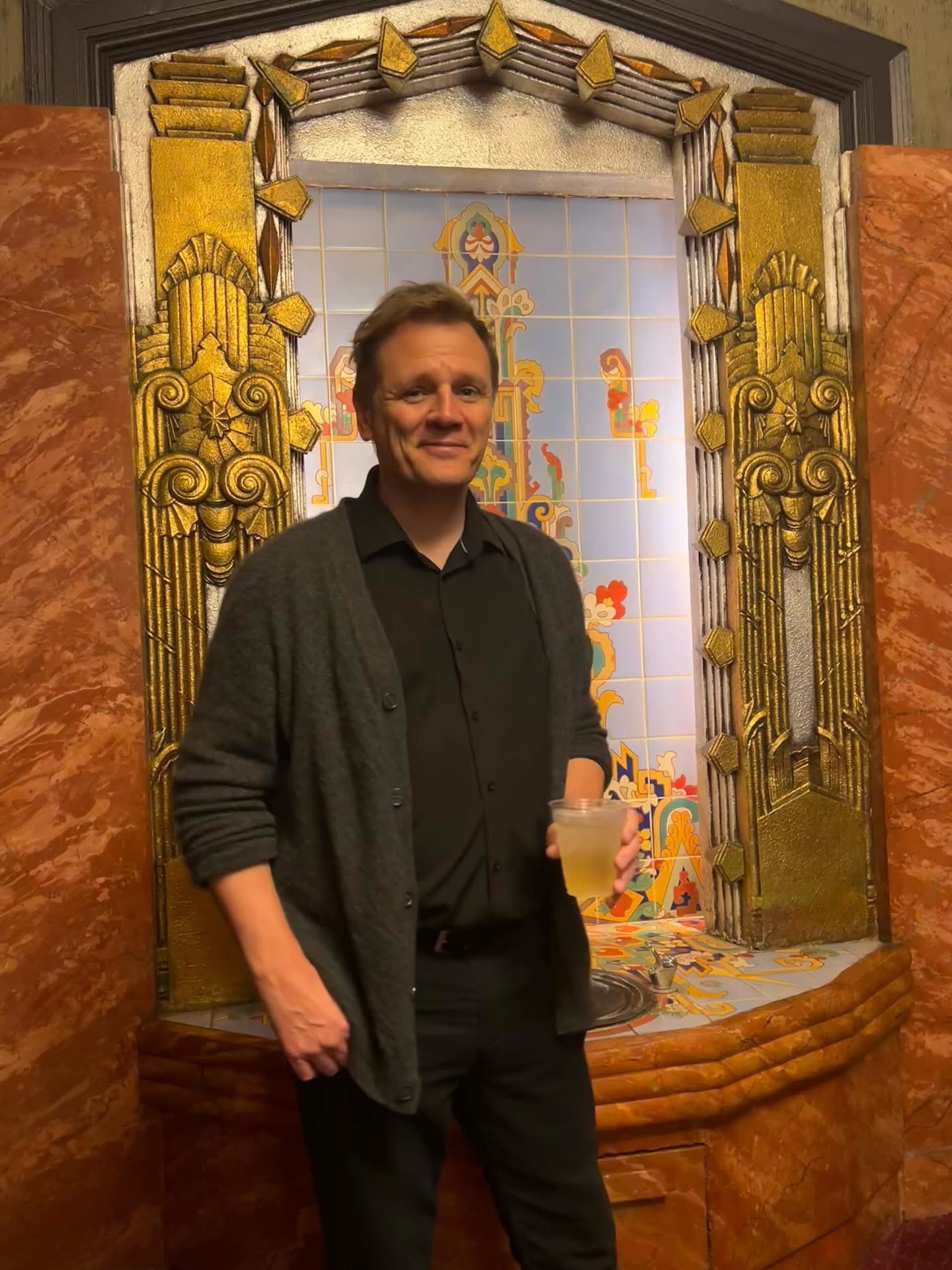

We’re looking forward to introducing you to Lorin Morgan-Richards. Check out our conversation below.
Good morning Lorin, it’s such a great way to kick off the day – I think our readers will love hearing your stories, experiences and about how you think about life and work. Let’s jump right in? What is something outside of work that is bringing you joy lately?
I’ve been recording my horse trail rides and hikes with my daughter, but these too get integrated into my project ‘Biographies of the West.’ A docuseries about people and places in the Old West.
Can you briefly introduce yourself and share what makes you or your brand unique?
I am the creator of the Gothic Western dark comedy series ‘The Goodbye Family’, People would likely be surprised by my DIY approach to art, from being the sole animator for my TV show to handmaking my books for some years with binding and sewing.
Thanks for sharing that. Would love to go back in time and hear about how your past might have impacted who you are today. What’s a moment that really shaped how you see the world?
I grew up in Beebetown, a historic corner of Northeast Ohio where four townships meet—and where all the neighborhood cats seemed to gather. My parents kept around twenty cats, along with a variety of farm animals, and I spent most of my childhood outdoors caring for them and turning their antics into comic strips.
School was a challenge. I struggled with dyslexia, doodling my way through classes to cope with the frustration. I wasn’t exactly popular, often sickly, and spent a lot of time in breakrooms or parked cars while my mother worked or attended college. Those quiet hours became fertile ground for daydreams and illustrations.
Eventually, I found solace in the whimsical worlds of Lewis Carroll, Edward Lear, Roald Dahl, Astrid Lindgren and Edward Gorey—authors who embraced the strange and the surreal. I studied their sentences like sacred texts, learning to shape my own voice through their playful, peculiar prose.
I was also deeply drawn to Native American cultures and the Old West. History became my strongest subject, especially when we explored these themes. My grandmother, a naturalist with a sprawling farm, encouraged my curiosity. She’d send me into fields of clover to find the elusive four-leaf kind. When I was 15, her barn and sheds became the set for my first short film —a tale about Tombstone and the Earps.
My Great Aunt worked with the Comanche, Inuit, and Navajo/Diné as a translator, would visit occasionally, sparking my fascination with Indigenous languages and lifeways. On the other side of my family, I descend from Swiss Amish Mennonites and Welsh Methodists. Religion played a role in my upbringing, though after surviving two near-death experiences tied to church events, I began to distance myself from it. Whatever spirits kept me alive seemed to guide me toward darker, more introspective aesthetics.
What have been the defining wounds of your life—and how have you healed them?
In my early twenties, I wrote and performed with a Gothic darkwave band, channeling my love for moody atmospheres and unconventional storytelling. That creative energy soon evolved into theatrical productions inspired by Zacharia Sitchin’s ‘The Twelfth Planet’ and Ambrose Bierce’s haunting tales like ‘An Occurrence at Owl Creek Bridge’ and ‘Chickamauga’.
This artistic path eventually led me to New York City in 1999, where I worked briefly with Caroline/Astralwerks. But following the events of 9/11, the city’s vibrant arts scene began to fade, and my wife and I decided to seek out brighter horizons. However, with very little we had to start over.
So a lot of these questions go deep, but if you are open to it, we’ve got a few more questions that we’d love to get your take on. What’s a cultural value you protect at all costs?
At California State University, Los Angeles, I pursued Anthropology with a focus on folklore and Indigenous cultures. This academic path led me into the museum world, beginning at the Southwest Museum, where I became actively involved with the local Indigenous community. Together, we launched a Native film series in downtown Los Angeles, hosted cultural speakers and performers, and even welcomed guests like Saginaw Grant.
During this time, I founded A Raven Above Press, a small publishing house dedicated to amplifying Indigenous voices and celebrating global cultural expression. From magazines like Celtic Family to books and festivals such as the Welsh Festival of the Arts, I poured myself into the work. Though it rarely turned a profit, the true reward was in the people I met and the stories we shared.
By 2009, I shifted focus to my own storytelling, releasing a series of short works including ‘Simon Snootle’, ‘A Boy Born from Mold’, and ‘The Dreaded Summons’. That same year, I published my first novel, ‘Me’ma and the Great Mountain’, which marked the beginning of the Weird West universe I’ve continued to explore for over 14 years—producing nearly a comic collection each year. In 2020, I released another novel, ‘The Goodbye Family and the Great Mountain’, and began experimenting with stop-motion animation when a friend showed me the Welsh program ‘Ivor the Engine’.
A couple of brief mentors at this time included cartoonist/animator Angus Oblong, V. Vale (DIY artist) and surrealist Crispin Glover.
Okay, so before we go, let’s tackle one more area. When do you feel most at peace?
Drawing is most peaceful for me. I think people would find it interesting that I have to draw lying on the floor so I can concentrate and focus on the small details. Drawing led to animation.
In the spring 2021, I launched The Goodbye Family: The Animated Series, now in its fourth season. The production is a small, passionate team: I handle all the animation; Nick Gligor voices multiple characters (Rusty Potts, Tumbleweed, Lou Steed) and manages sound; my wife Valerie (as Pyridine) and daughter Berlin (as Orphie) lend their voices alongside my own character, Otis. Nana Grace voices Lee Minor, Elijah Schaffer plays Rowe Barrow, and we’ve welcomed special guests like Richard-Lael Lillard (as himself), Madeline Hinkle (Max Star), Timo Standing Buffalo Cano (Jay), and Amy Kern (Dr. Sam). The score is composed by Heathen Apostles, and the series was honored as one of the top 10 animated shows by Vulture/New York Magazine.
Since then, I’ve collaborated with Textbreak and Joshua Kovarik, who scored my short film Poor Poor Eldon, which premiered at the Beverly Hills Film Festival. Currently, I’m working on another short titled The Decline and Fall of Holly Dew and Walter Melon, alongside several writing projects—including a prequel to The Goodbye Family called The Lillard House.
You can find my books through many bookstores, and watch ‘The Goodbye Family: The Animated Series’ on Tubi, Roku, Apple TV, Amazon Prime, and Youtube.
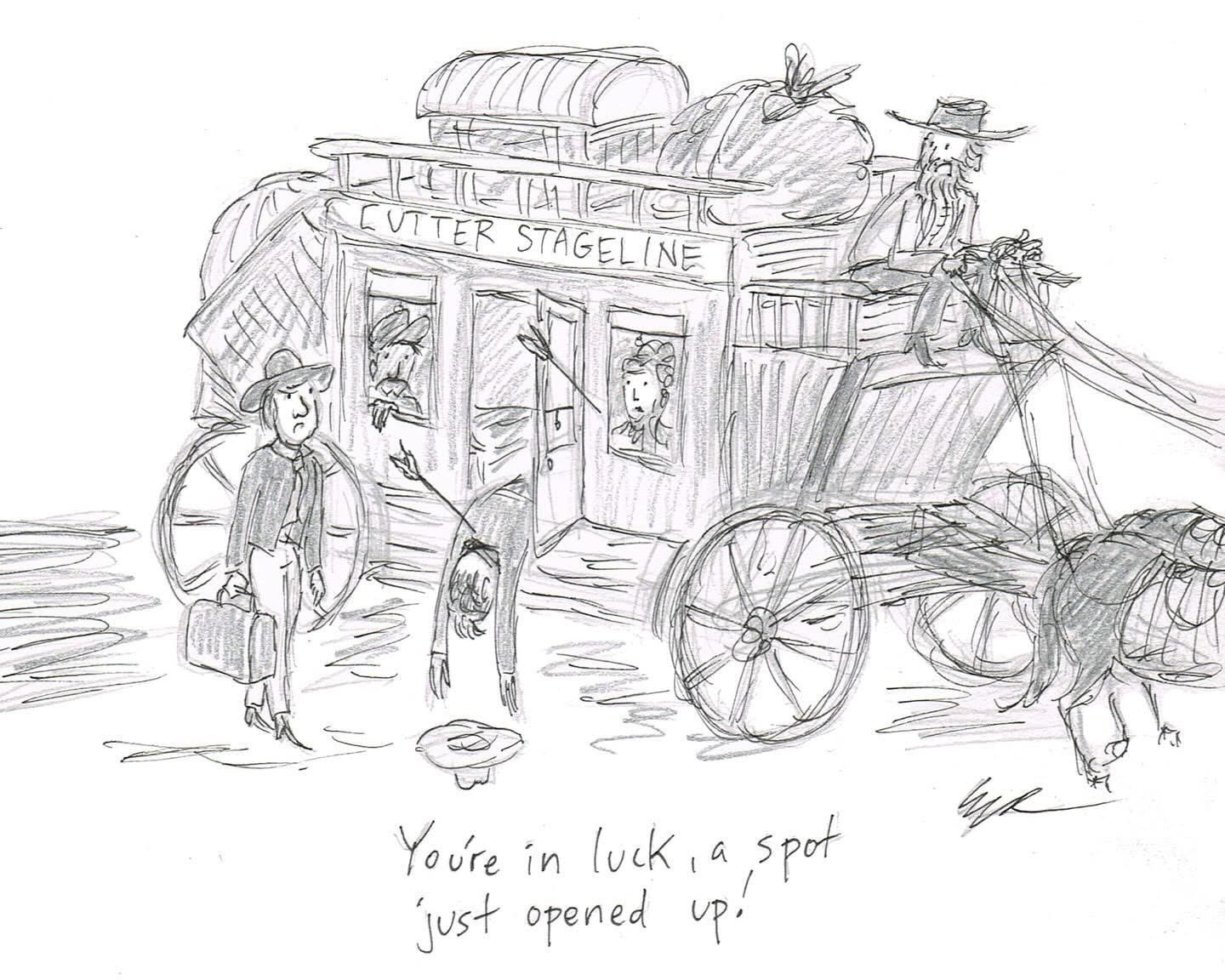
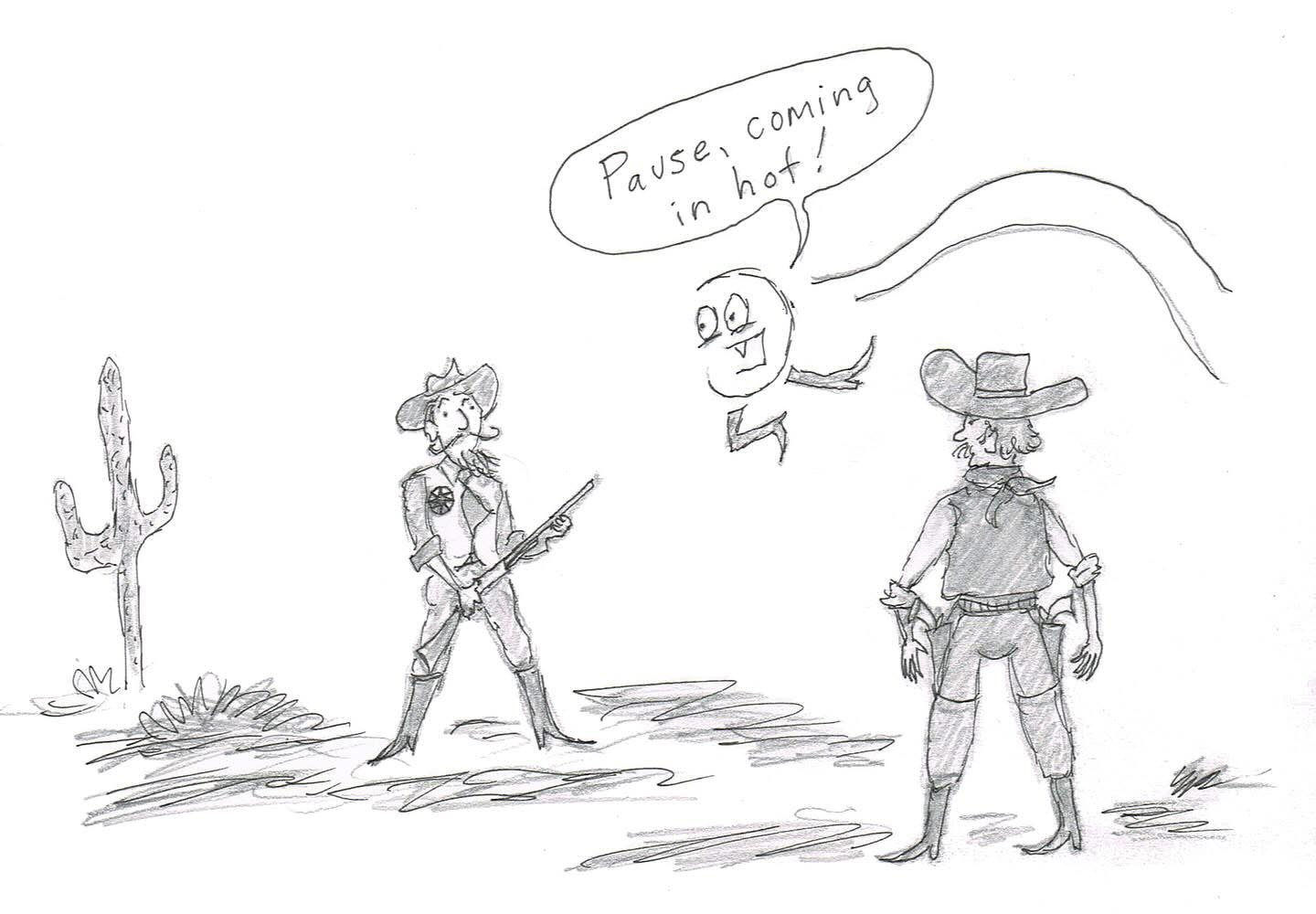
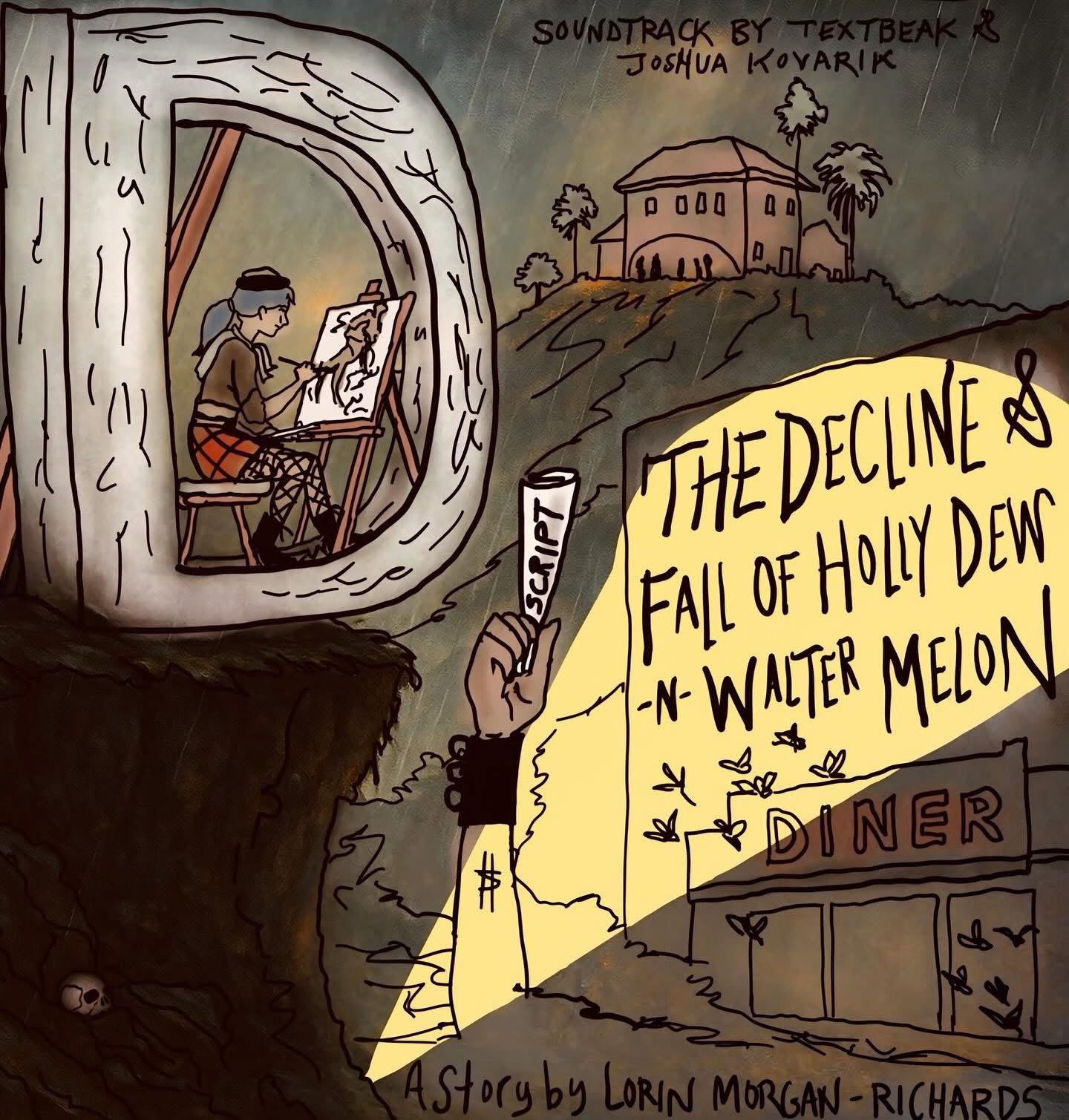
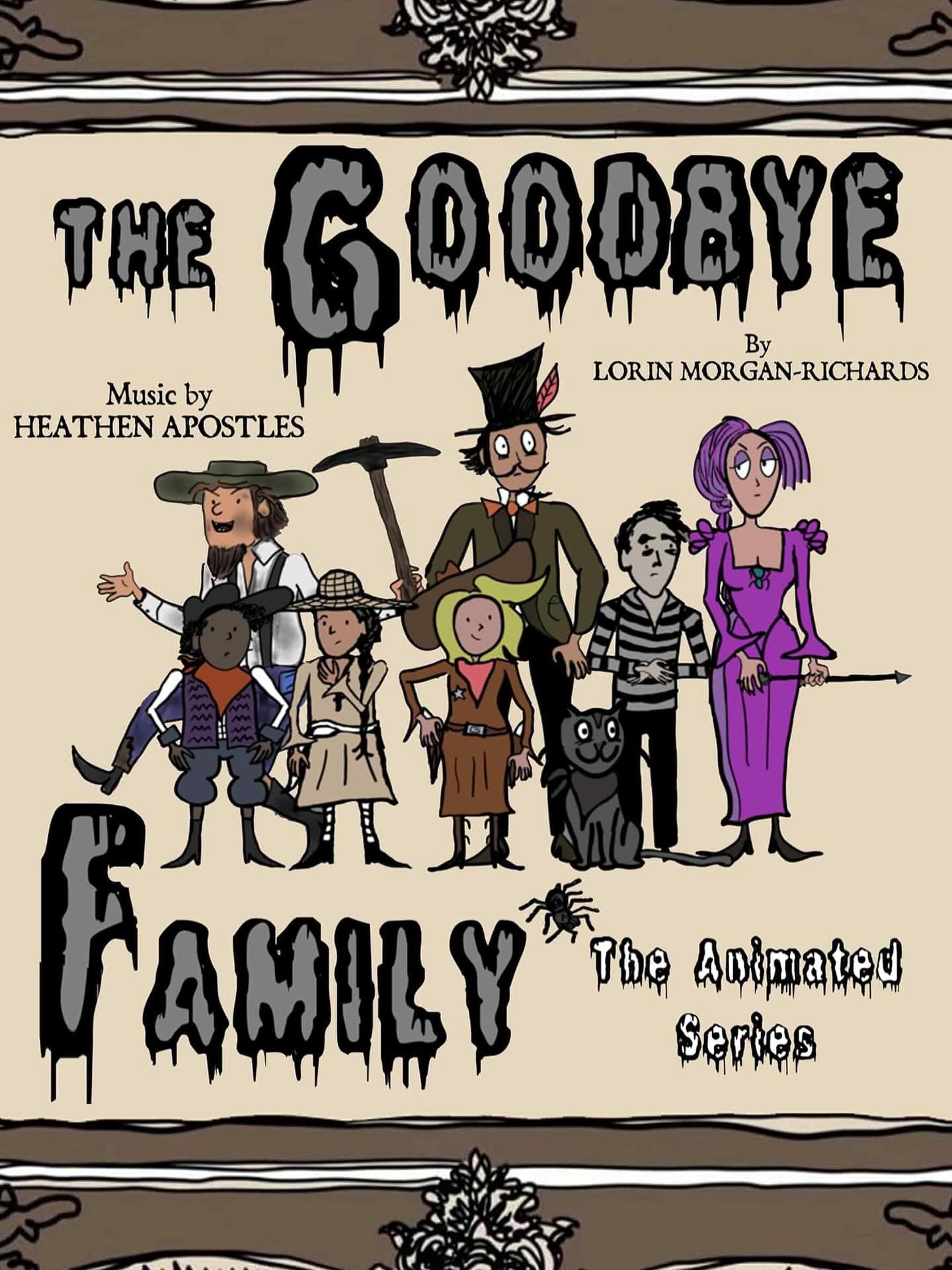
Image Credits
All credit goes to Lorin Morgan-Richards














